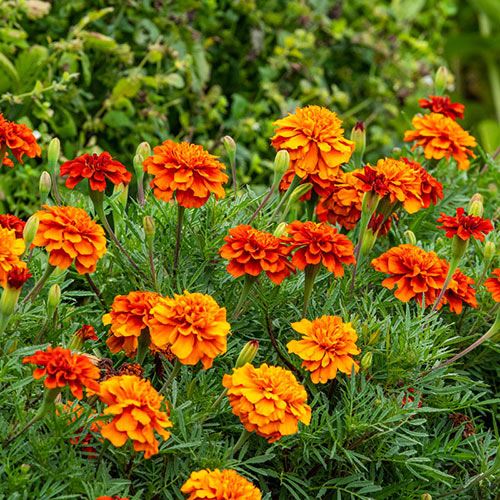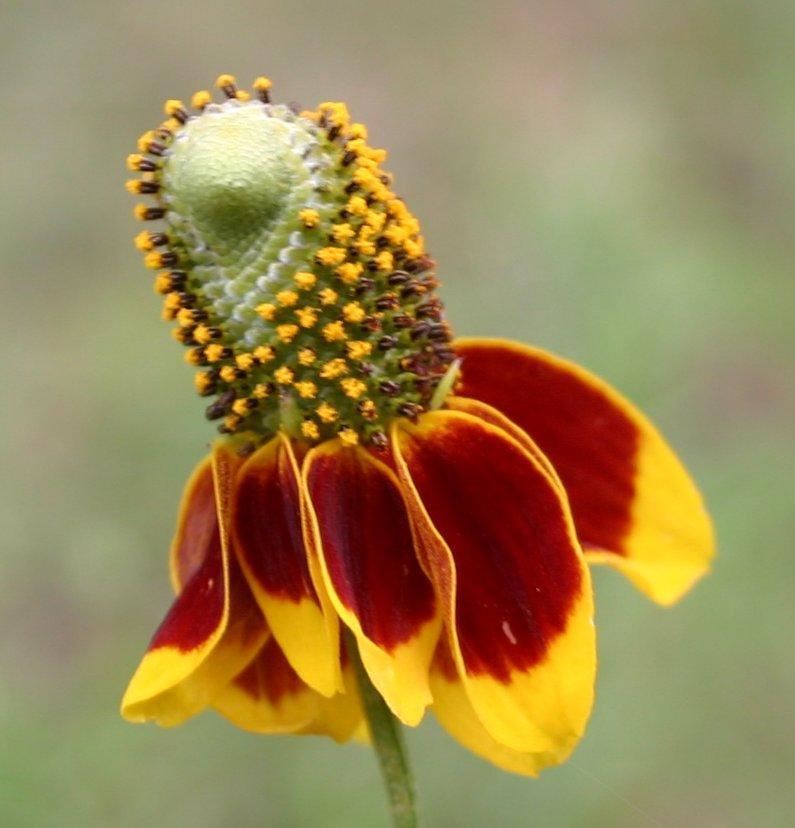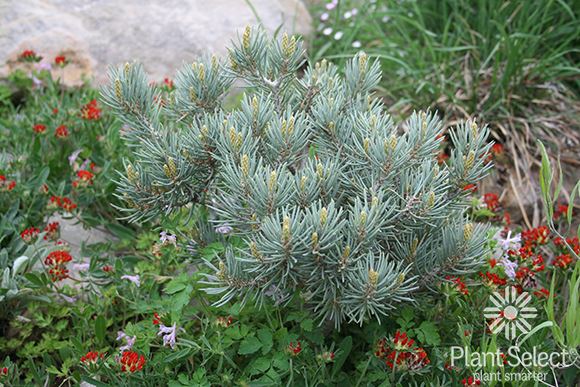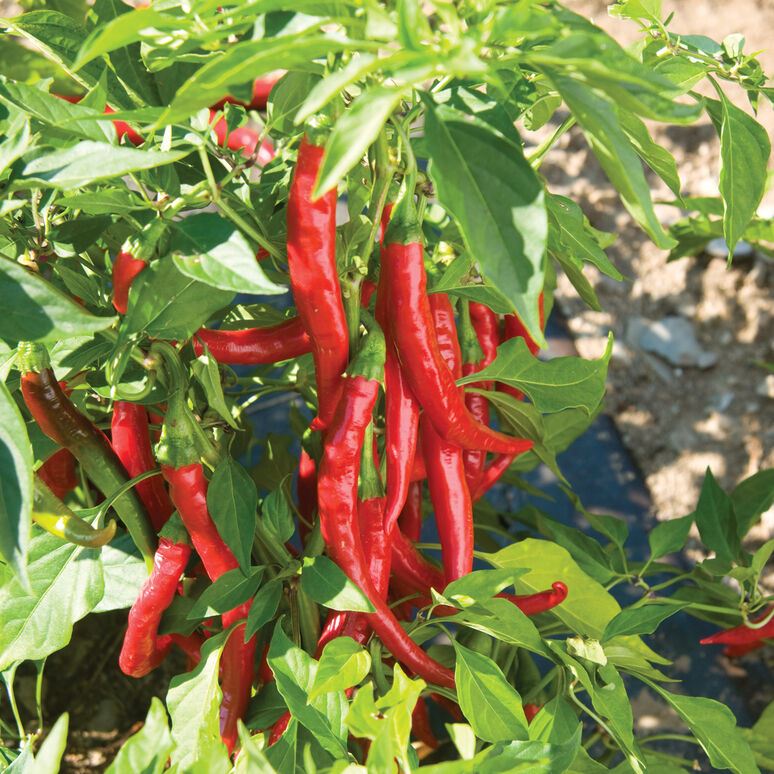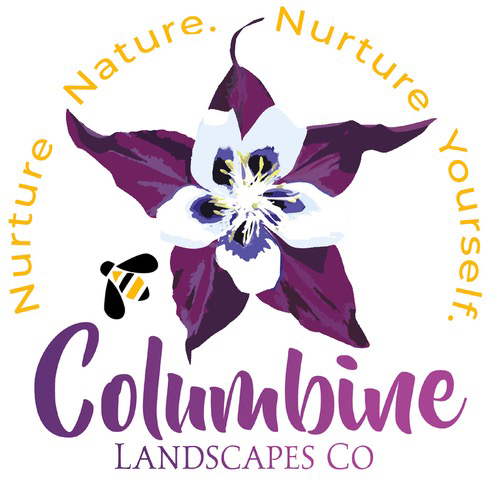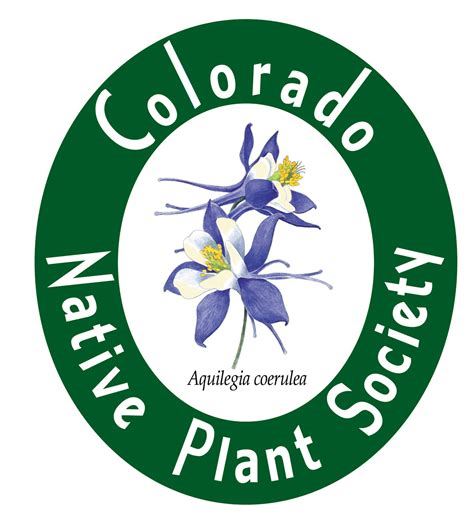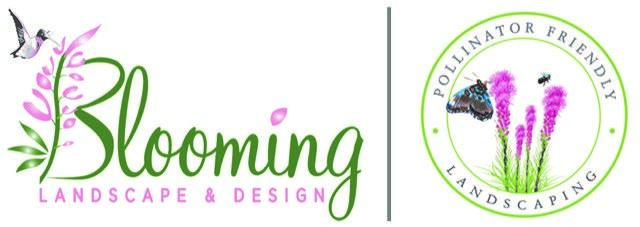| Marigold (Tagates) (Spanish: Maravilla) Marigold (Zone: All zones) is an annual with over 50 species that range widely in height from 6" to 4 Ft. They prefer full sun but are not fussy about soil. They do appreciate a bit of water and are relatively deer-resistant. They freely flower in shades of orange and yellow and even a cream-colored cultivar. If dead-headed, they will bloom from early summer to the first hard frost. History: Used in Dia de las Muertos (Day of the Dead) ceremonies to decorate family altars and relatives’ graves. The Aztecs used them to cure hiccups and to protect being struck by lightning and to help one cross a body of water, safely. They are also favored in Hindu religious ceremonies as garlands to decorate village temples during harvest festivals. References: Burpee Seeds website: https://www.burpee.com Photo Credit: Gurneys Seed and Nursery website: https://www.gurneys.com |
|
| Small Coneflower, Ratibida (Lepachys) tagetes The Small Coneflower (Zone 3) grows 1-2', and is considered a wildflower in New Mexico where it is a perennial herb. It flowers May- to October and prefers dry, gravelly. loamy soils of meadows, prairies, roadsides, pinyon-juniper habitat and ponderosa forests. It is recognized for its drooping yellow, maroon bicolored petals with a domed disk. Leaves are hairy and string-like with divided segments. Medicinal Use: The whole plant is boiled and used as a bath for skin rashes and hives. References: Wild Flowers of New Mexico, http://www.wildflowersnm.com/Wildflowers_of_New_Mexico/Home.html Photo credits: WikipediA |
|
| Pinyon Blue Jazz, Pinus monophyla, (Spanish: Pino Pinonero) Blue Jazz Pinyon (Zone 4-7) is a petite Conifer which grows 24"-30" tall x 24'30" wide. It likes sandy, loamy soil and is drought tolerant, resistant to deer. This particular cultivar is a Plant Select introduction from 2016. This cultivar is used in this garden as a space saving representative of the regular Pinyon pine, which is a sacred tree and produces food in the form of Pinyon nuts, important in traditional Mexican cooking. Culinary use: Produces edible nuts used in Spanish and Mediterranean cuisine. Harvesting techniques used by prehistoric Indians are still used today to collect the seed. The pinyon nut or seed is high in fats and calories. Aromatic qualities: Pinyon wood has a distinctive, pleasant fragrance and is typically used to burn in chimeneas. Also used as incense in Native American ceremonies. History: An early and vital food source for the first humans to arrive in the American Southwest. Also an important food source for the Pinyon Jay, Mexican Jay and Clark's Nutcracker. In turn, the birds help distribute the seeds to regenerate growth. References: WikipediA website Photo credits: Plant Select website: https://plantselect.org |
|
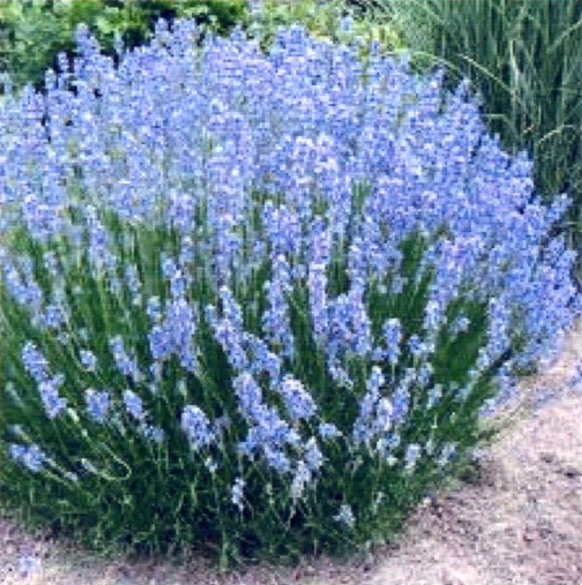 | Lavender Lavandula sp. (Spanish: Alhucema) Lavender (Zone 5-9) is a drought tolerant plant that, once established, prefers full sun, facing south in a well-drained location. There are many different cultivars, but the best for our climate are Hidcote, Grosso and Munstead. It grows 1-3 ft tall and wide. This is a shrubby, woody plant that produces purple flowers on a 6-8" spikes in June and July. The leaves are hairy and silver-grey. It is a very aromatic plant with a clean camphor like scent, which intensifies as it dries. Medicinal use: Essential oil, antiseptic, anti-spasmodic, and as a carminative for abdominal distress. Oils can be used in for skin rashes, soreness, as mild sedative for bruises and bug bites. Good for colic. Culinary: Dried flowers are used in flavored vinegars, jellies, and honey. Can be used, sparingly, in salads and as an ingredient in teas and desserts. Aromatic: Used in soaps, potpourri, sachets and perfume. lavender is also an insect repellant, useful to keep moths away. Cosmetic: Lavender cleanses the skin and is especially good for oily skin. Ornamental: Useful in crafting wreaths and dried flower arrangements. As a landscape plant, it is often used to edge walks and is well adapted for rock gardens. History: Used for embalming, taming tigers and lions, repelling mosquitos, flavoring for snuff, used lacquers and varnishes on porcelain. In Victorian times, used to help prevent fainting References: Rodale's Illustrated Encyclopedia of Herbs, Los Remedios de la Gente Picture: WikipediA website |
|
| Chili Pepper Capsicum annuum sp. (Spanish: Chile) The Chili pepper is the fruit of an annual plant with origins dating to around 7,500 BC. There are 5 domesticated species which include bell peppers, cayenne, jalapenos, Thai, and all forms of New Mexico chilies among many others. The plant appreciates full sun and warmth, and has a fairly long growing season. History: It is one of the oldest cultivated crops in the Americas. Columbus called them peppers after black pepper for the genus Piper because of the spiciness. The spread to Asia and India came through Portuguese traders. Culinary: A main ingredient in Latin American cooking. Used fresh, prepared and eaten as a vegetable. Dried and crushed, ground into a powder used as a spice and seasoning in Salsas. The leaves are edible, mildly bitter used as greens in Filipino, Korean and Japanese cuisine. Used in Indian curries. Medicinal: Capsaicin, the chemical in chili peppers is used an analgesic in ointments and dermal patches to relieve pain. Chemical use: Used in pepper sprays and tear gas. Used in gardens as a spray to protect crops against bugs and critters. References: WikipediA Photo Credit: Johnny's Selected Seeds: https://www.johnnyseeds.com |



